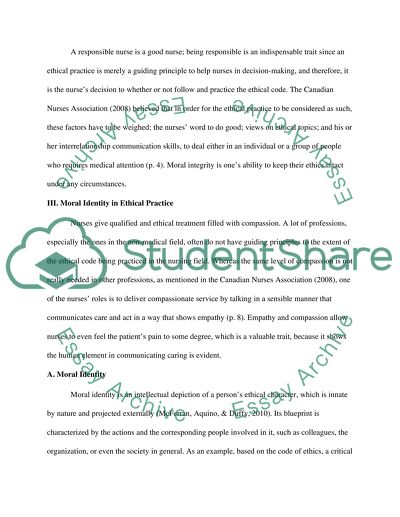Cite this document
(“Challenges in The Developing Ethical Practice in Health Care Essay”, n.d.)
Challenges in The Developing Ethical Practice in Health Care Essay. Retrieved from https://studentshare.org/nursing/1453263-developing-ethical-practice
Challenges in The Developing Ethical Practice in Health Care Essay. Retrieved from https://studentshare.org/nursing/1453263-developing-ethical-practice
(Challenges in The Developing Ethical Practice in Health Care Essay)
Challenges in The Developing Ethical Practice in Health Care Essay. https://studentshare.org/nursing/1453263-developing-ethical-practice.
Challenges in The Developing Ethical Practice in Health Care Essay. https://studentshare.org/nursing/1453263-developing-ethical-practice.
“Challenges in The Developing Ethical Practice in Health Care Essay”, n.d. https://studentshare.org/nursing/1453263-developing-ethical-practice.


